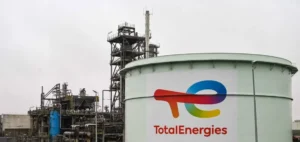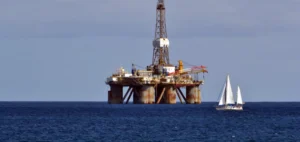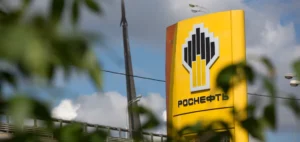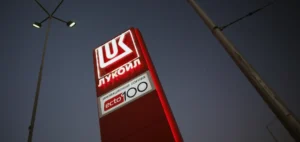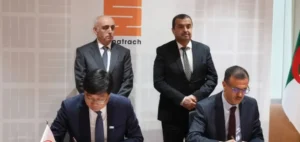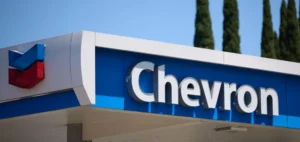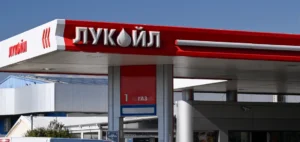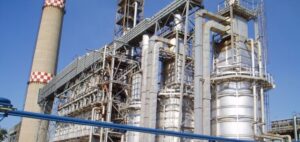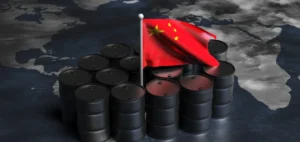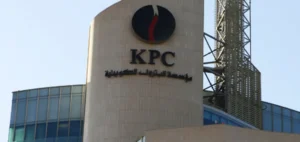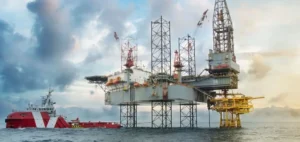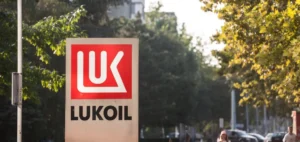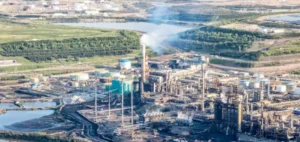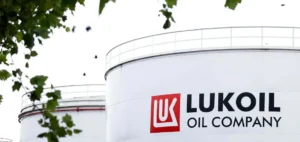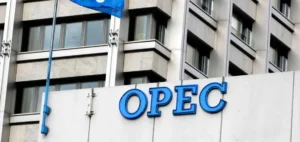Uganda is expected to record the highest increase in new oil storage capacity on the African continent by 2030, according to data published by research firm GlobalData. This momentum is driven by major investments related to the development of the East African Crude Oil Pipeline (EACOP) and the Hoima refinery, both essential for the commercial exploitation of the Tilenga and Kingfisher fields, which are scheduled to begin production in 2026.
Investments driven by EACOP infrastructure
The EACOP project, valued at around $5bn, includes the construction of a marine terminal in Tanga, Tanzania. This facility will feature four heated tanks of 500,000 barrels each, designed to maintain the waxy crude at temperatures above 63°C. The total capacity represents about nine days of peak combined production from the two fields, which is estimated at 230,000 barrels per day.
Deployment of a national storage network
Domestically, the Ugandan government plans to significantly expand its storage capacity. The existing terminal in Jinja holds 30 million litres, or approximately 188,000 barrels, while a new site in Kampala is set to handle 320 million litres, or nearly 2 million barrels. These volumes are intended to stabilise flows to the Hoima refinery and export facilities.
Expected financial impact of the infrastructure
Storage is a key element in Uganda’s oil value chain. By ensuring logistical continuity between production, refining and export, these installations are essential to revenue generation. Authorities estimate potential annual oil revenues at $2.5bn once full production is achieved, significantly strengthening the country’s financial inflows.
Regional rivalry through infrastructure development
Facing established oil hubs in Mombasa, Kenya and Dar es Salaam, Tanzania, Uganda is positioning itself strategically in the regional hydrocarbons trade. Investments in storage are seen as a lever to attract commercial partners and secure international financing in an increasingly competitive energy environment.



